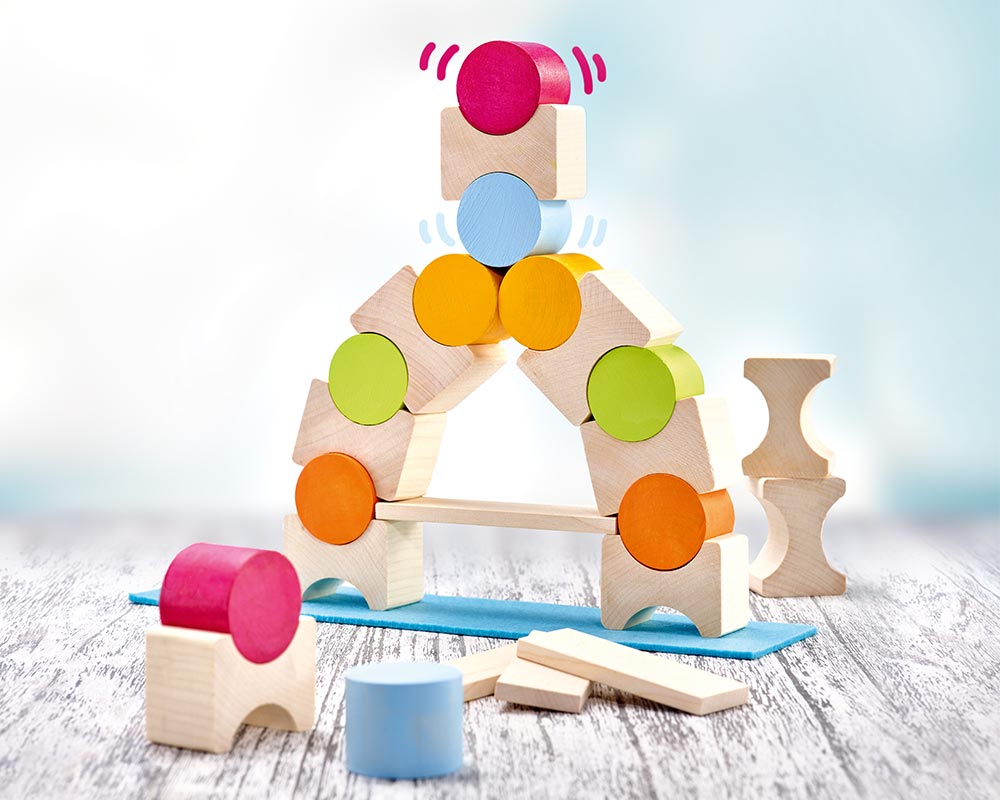Today a princess and tomorrow an astronaut! The toys suddenly come alive and the child is in control of what happens next. Where does a child’s imagination come from, why is it so valuable for their development, and how can it be stimulated?

Real life is practised in a world of fantasy
The ability to make-believe is the key building block for personal development. A child’s power of imagination is actively called upon when playing. Children love trying their hand at different roles or occupations, thinking up their own storylines, choosing characters and giving them a voice. This fosters the development of language in a fun way. Different behaviours can also be tried out and social skills acquired.
Imagination only develops in response to challenges
Boredom really does not deserve such a bad reputation. Parents are also not responsible for keeping their child constantly occupied. Quite the contrary: anyone who responds to every whine with a new offer of entertainment allows the natural power of imagination to shrivel.
The problem is that with television, mobile phones, tablets and the like, there is a greater choice of digital media available every day. Television programmes and computer games that are suitable for children certainly encourage the imagination, but time spent using these media is considerable. Paediatricians recommend that children under two years of age should preferably watch no television at all. Children of kindergarten age should spend no more than 30 minutes a day in front of a screen.
So be bold in providing breaks in entertainment! Switch off all digital devices more often (including your own!). Because only when someone is bored can they come up with new ideas for creative games.
Motivate your child to, for example, use existing everyday items in a different way, or to create new things from them. Let yourself also be inspired by nature, because exercise in the fresh air encourages brain cells to develop.
Toys: fewer specifications mean more freedom for individual ideas
Similarly with toys, a greater number of technical features is not necessarily conducive to the imagination. The simpler the construction, the more possibilities a child has to bring it to life in totally different ways. Thus, for example, colourful building blocks, bricks, or stacking figures offer almost limitless options for assembly.
Playthings which work or respond only in one way that has been defined by the manufacturer become, in contrast, boring very quickly. This also applies to games that are explained by adults in detail. Even if you mean well and want your child to understand how “to do it properly”, children want to try things out and explore for themselves. This makes them proud and encourages not just creativity but also self-confidence.





